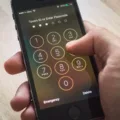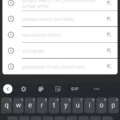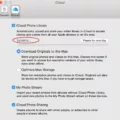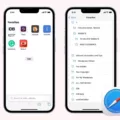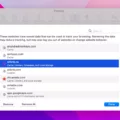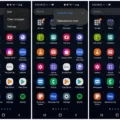The Settings app icon is an essential feature on your device that allows you to customize and control various aspects of your device’s functionality. This article will provide a detailed overview of the Settings app icon, its location, and how to access it on your device.
The Settings app is a centralized hub where you can manage and configure various settings on your device, ranging from network connectivity and display preferences to privacy and security options. It serves as a control panel for your device, enabling you to personalize and optimize your user experience.
The Settings app icon is typically represented by a gear or cogwheel symbol, which is universally recognized as the symbol for settings. This icon is commonly found on the home screen or app drawer of your device, making it easily accessible whenever you need to make adjustments to your device’s settings.
To access the Settings app, you can follow a simple and quick method. By swiping down from the top side of your screen, you can open the Quick Settings menu. On some devices, you can achieve the same result by swiping down from any part of the Home screen. Within the Quick Settings menu, you will find a variety of shortcuts and toggles for frequently used settings. Locate the Widgets option at the bottom of the screen and tap on it.
Scrolling down the Widgets menu, you will eventually come across the Settings app shortcut. Press and hold on the Settings shortcut icon. As a result, the home screen will reappear, allowing you to manipulate the position of the shortcut. Drag the shortcut icon to your desired location on the screen and release it. This will enable you to quickly access the Settings app by tapping on the newly placed shortcut icon.
Once you have accessed the Settings app, you will be presented with a comprehensive list of categories and options to explore. These categories are organized hierarchically, allowing you to navigate through the various settings effortlessly. Each category contains a range of subcategories and individual settings that can be modified to suit your preferences.
Some of the key categories you may find in the Settings app include:
– Wireless & Networks: This category encompasses settings related to Wi-Fi, Bluetooth, mobile data, and other network connectivity options.
– Display & Brightness: Here, you can adjust the screen brightness, wallpaper, screen timeout, and other display-related settings.
– Sound & Vibration: This category allows you to customize the sound profile, ringtone, volume levels, and vibration settings on your device.
– Security & Privacy: Here, you can manage your device’s security features, such as screen lock options, fingerprint or face recognition, app permissions, and privacy settings.
– Apps & Notifications: This section enables you to manage and control individual app settings, including notifications, permissions, and storage usage.
– Battery: In this category, you can monitor and optimize your device’s battery usage, enable battery-saving modes, and view battery statistics.
– About Phone/Tablet: This section provides information about your device, including the model, software version, and available storage.
These are just a few examples of the categories you may encounter within the Settings app. The specific options and settings may vary depending on your device and its operating system.
The Settings app icon is a fundamental component of your device’s user interface, allowing you to customize and manage various settings. By understanding how to access and navigate the Settings app, you can optimize your device’s functionality and tailor it to your preferences. So, take advantage of the Settings app and explore the multitude of options available to enhance your overall user experience.
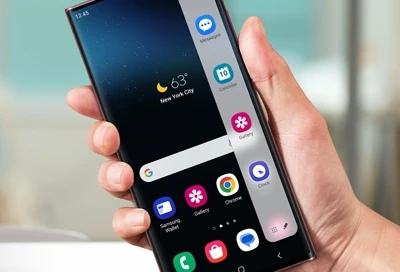
Where is Your Settings App?
The Settings app can be easily accessed through the Quick Settings menu on your device. To open the Quick Settings, you can either swipe down from the top edge of your screen or, on certain devices, swipe down from any part of the Home screen. By doing so, you will reveal a panel containing various settings options. Look for the gear-shaped icon labeled “Settings” or something similar in the Quick Settings menu. Tapping on this icon will instantly open the Settings app, allowing you to customize and manage various aspects of your device.
How Do You Add The Settings Icon to Your Home Screen?
To add the Settings icon to your home screen, follow these steps:
1. Tap on the “Widgets” option located at the bottom of your screen.
2. Scroll down until you find the “Settings” app.
3. Press and hold on the “Settings” shortcut.
4. After holding it for a moment, your home screen will reappear.
5. Now, you can drag the shortcut icon to the desired location on your screen.
6. Once you have positioned it where you want it, release your finger to drop the icon.
By following these steps, you will be able to easily add the Settings icon to your home screen for quick and convenient access.
Conclusion
The settings app icon can be easily accessed and customized on your device’s home screen through the Quick Settings menu. By swiping down from the top side of the screen or any part of the Home screen, you can open the Quick Settings and find the Settings app shortcut. This shortcut can then be added to your desired location on the home screen by pressing and holding on the Settings shortcut icon and dragging it to the desired location. This convenient feature allows for quick and easy access to the settings app, ensuring that you can easily customize and adjust various aspects of your device to suit your preferences.

